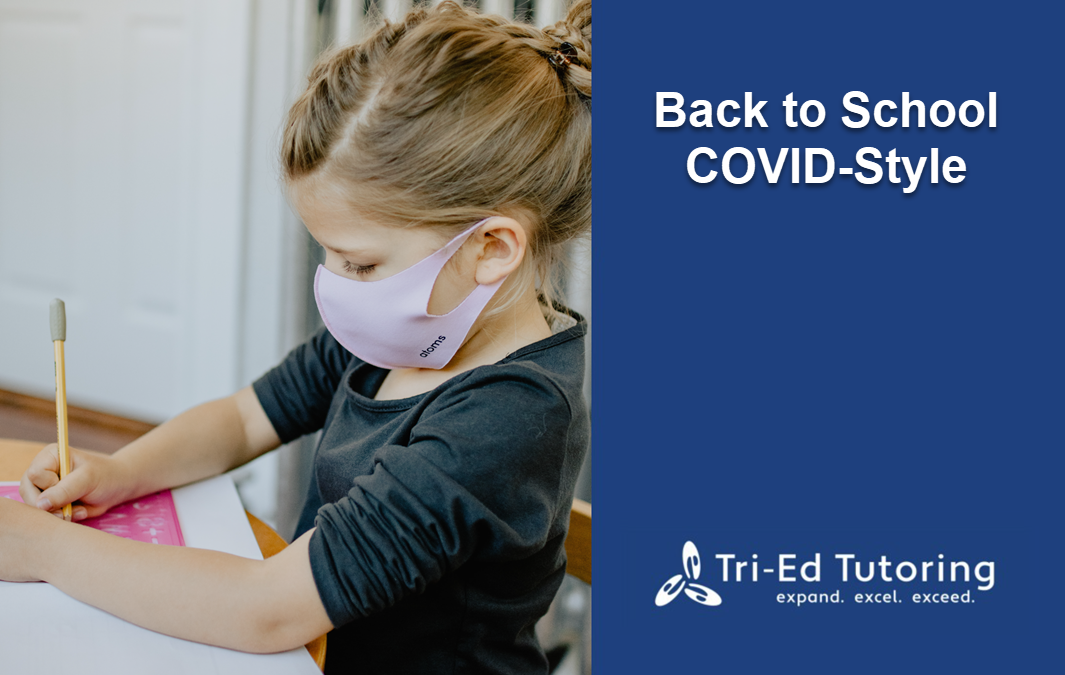For many middle and high school students, these next few weeks mark the start of in-person instruction. After almost a year of virtual school, going “back” to the classroom just might be the most exciting time of the year. But before the excitement of socialization and normalcy kicks in, keep in mind that in-person instruction will look a bit different this year.
Schedule
Instead of learning in the classroom five days a week, students who choose to return in-person will be assigned two days a week for classroom instruction. Students will be divided into two groups that will alternate days in the classroom. The remaining weekdays will be virtual learning. This schedule will most likely remain through the rest of the year.
Instruction
Since many students will continue to learn virtually, technology will be used consistently during in-person instruction. This hybrid model will impact the level of interaction in the classroom as not all students will be present. Discussion, questions, and additional “brain” breaks will be scheduled to ensure congruent learning among virtual and in-person students. Canvas, Blackboard, and other learning management platforms will continue to be used during virtual school days.
Health checks
Parents are encouraged to check student temperatures and other symptoms such as fever, sore throat, and cough before sending their kids to school. Thermal cameras that scan up to 45 students per second and flag anyone with a fever of 100.4 or higher may be set up at the school entrance. Many schools will have care rooms where sick students can be monitored and isolated. Hand washing and general hygiene will be promoted throughout the school day. Mental health professionals will also be available for small group and individual counseling. Physical and mental health will be emphasized in every school building.
Masks
All students, teachers, and staff will be required to wear masks throughout the school day. Specifically, masks must be worn on the school bus, when entering the school, in the hallway and common areas, and in the classroom. Masks do not have to be worn while eating or drinking, exercising, playing a musical instrument, or during mask breaks. They must cover the mouth and nose to effectively protect from the virus.
Social distancing
In accordance with the Center for Disease and Control guidelines, student desks will be six feet apart to mitigate risk of exposure and spread of COVID. The gym, auditorium, and cafeteria may be re-purposed to ensure social distancing during non-instructional times. Directional signs will promote one-way circulation in hallways and classrooms. Tape, paint, or chalk may be used to indicate adequate spacing between students. Arrival and dismissal times, bus schedules, and break times will be staggered to limit the number of people in a specific location. Mingling in common areas before or after class will be discouraged, and the use of lockers or other shared educational materials will be prohibited.
Despite these changes and limitations, returning to the classroom can be beneficial for many students. Check out our next blog post for tips on how to successfully transition from 100% virtual learning to a hybrid model of virtual and in-person instruction.

